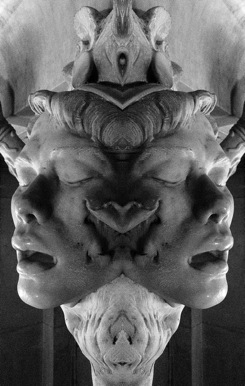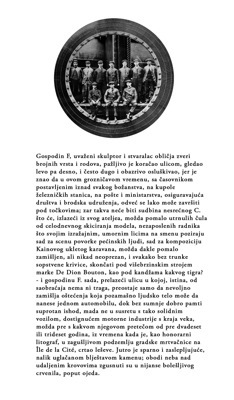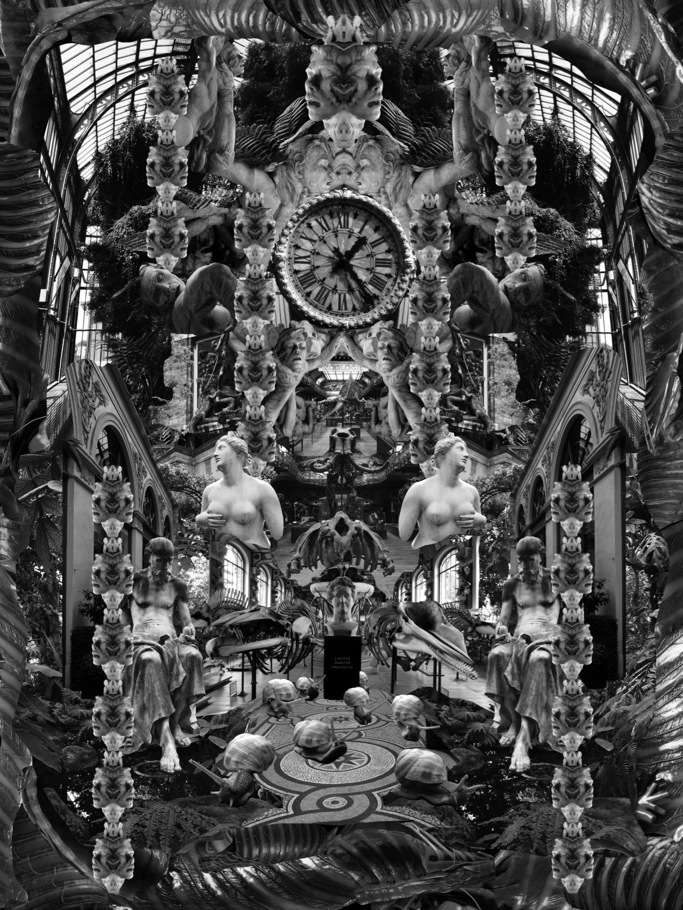Emmanuel Frémiet is one of many, now mostly forgotten, artists of the nineteenth century who was granted highest honors in his time. Known for his faithful representations of animals - monkeys, horses, bears, elephants - his sculptures adorn several public spaces and museum collections of Paris. One of the most famous, “The Orangutan” from 1895, is located in the foyer of the Museum of Paleontology and it shows a suffering native of Borneo loosing a battle against the giant ape.
Last summer I spent a few days in Paris casually looking for traces of the sojourn of William Cody, better known as Buffalo Bill, and the contribution of his theatrical/circus company to the Exposition Universelle of the year 1889, when the Eiffel Tower was raised and one of the most notorious human zoos, Village Nègre, was opened with over four hundred forcibly transported African natives. Since 1887, Buffalo Bill has brought his Wild West spectacle, with authentic cowboys and Indians, to several European cities, including Florence, an event documented on several photographs now kept at the Florentine Museum of Anthropology.
But an encounter with Frémiet’s sculpture in Paris somewhat distracted me from the pursuit of Buffalo Bill. Coincidentally, a friend who lives in Paris, a historian of photography, drew my attention to the nineteenth-century obsessive misconception about orangutans as physically exaggerated, terrible and dangerous beasts, and showed me an engraving that illustrated a travel diary from the Malay Archipelago in 1869, which, just like the Frémiet’s sculpture, shows an orangutan attacking a “savage from Borneo”.
Frémiet’s sculptural composition is also preceded by the famous Edgar Allan Poe tale, “The Murders in the Rue Morgue”, which is considered to be the first-ever detective story, the originator of the genre, and the amateur detective, Dupen, who, in a lucid analysis reveals that behind a monstrous murder case in Paris there hides an escaped orangutan, is seen as a precursor and prototype of future literary detectives, such as Conan Doyle’s Sherlock Holmes.






